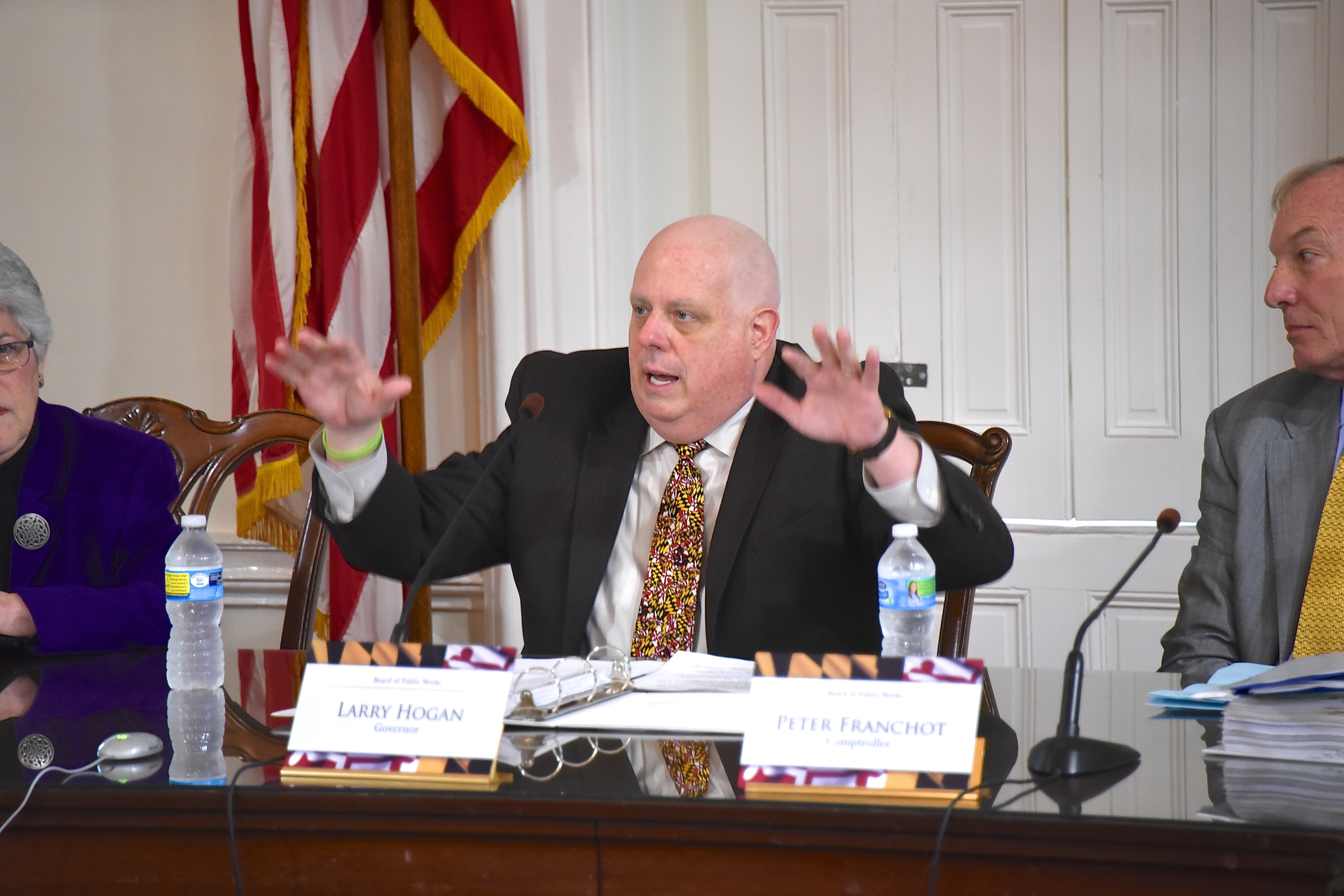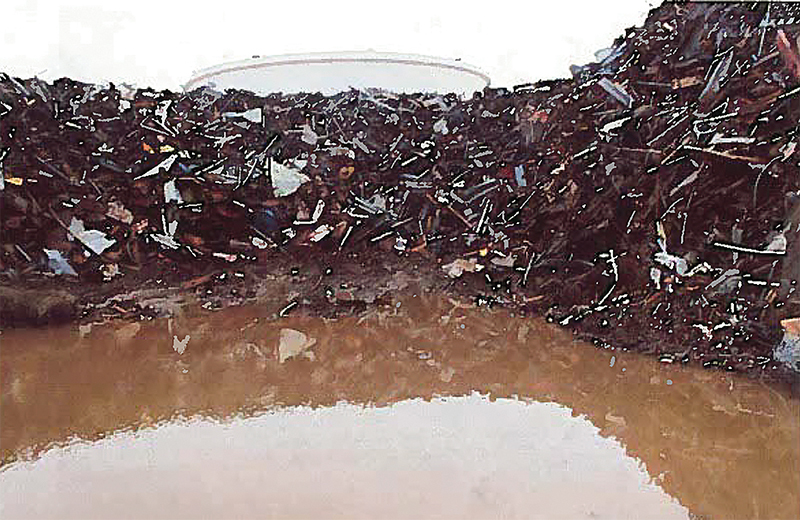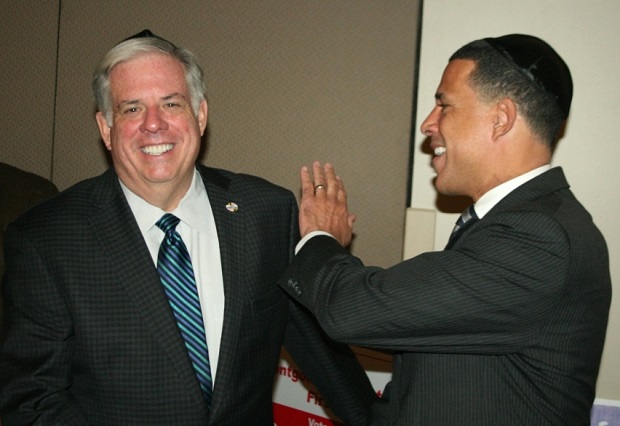By Becca Heller
For MarylandReporter.com
Maryland needs to continue to invest more in public transportation as it sees a boost in funding from the rising state gas tax, transportation experts said Monday at annual transportation summit of the Greater Baltimore Committee.
The panel, featuring high-ranking officials from the Maryland Department of Transportation (MDOT) and the Maryland Transit Administration (MTA), unanimously lauded the passage of HB 1515, the Transportation Infrastructure Investment Act which increased transportation funding — to $4.4 billion over 5 years — through the hotly-debated gas tax increase and other transportation revenues such as bus fares and vehicle registration fees.
Panelists for the Greater Baltimore Committee discussed plans for the expansion of the DC Metro System, highlighted recent improvements made to the Baltimore Lightrail System, and emphasized the importance of expanding the state’s public transportation system to support sustainable growth in the region.
MDOT on life support
The Department of Transportation “has really been on life support for the last five years,” said
Leif Dormsjo, deputy secretary of MDOT. “With the Transportation Investment Act we’re now able to really add to these programs and work on this transformational multi-generational project.”
As the panelists discussed how the $4.4 billion would be spent, they considered the integration of Public-Private Partnerships (P3s), in which private contractors finance and build projects in exchange for part of the revenue stream. Officials maintained that P3s were not suitable for all of the projects, but they ensured that P3s would likely be used in the construction of the DC Metro’s new Purple Line and various other initiatives.
CORRECTION: The Purple Line, which will span 16 miles and include 21 additional stations, will run horizontally across the state, connecting the Red Line in Bethesda, Montgomery County to the Orange Blue Line at New Carrollton in Prince George’s County. Meanwhile, Baltimore’s Red Line will include 19 new stations running from western Baltimore County to eastern Baltimore City. The construction of the Red Line will not utilize P3s, said Dormsjo.
The state Board of Public Works this month approved the plans to set the Purple line P3 out to bid.
“P3s aren’t the way to deliver the entire program — maybe five to ten percent of your program — but for the right projects, P3s really can unlock some new value that the public hasn’t benefitted from in the past,” explained Dormsjo.
Declining vehicle miles
Critics of the expansion of transportation funding complain that the gas tax makes highway users pay for the public transit systems used by only 8% of the population.
To that end, Joanna Guy from Maryland Public Interest Resource Group (PIRG) shared a report that detailed the decline of driving patterns in Maryland. Driving miles are down by 4% per person between 2005 and 2011.
“Driving is declining and, as a result, forward-looking states and municipalities are seeking to invest in transportation infrastructure that reduces congestion, improves air quality, and serves communities in need,” said Guy.
Though the panelists agreed that expanding public transportation was key to a prosperous and sustainable future for Maryland, there is no doubt that challenges lay ahead as MTA and MDOT seek to revamp a system that has been long neglected.
“The wisdom with which we use these transportation dollars may mean the difference between a future of mobility and one of stagnation,” said Donald Fry, president and CEO of GBC.









“Critics of the expansion of transportation funding complain that the gas tax makes highway users pay for the public transit systems used by only 8% of the population.”
Not to worry Maryland taxpayers, the next Democratic governor will come up with a creative additional transportation tax to be used for highway construction. This new money will then magically disappear, to be used for something else! Sound familiar?
“The Purple Line, which will span 16 miles and include 21 additional
stations, will run horizontally across the state, connecting the Red
Line in Bethesda, Montgomery County to the Blue Line at New Carrollton
in Prince George’s County.”
New Carrollton is on the Orange Line, not the Blue Line. Notably, it is also a significant station for MARC commuter trains.
And it was right there on the map. Blame the editor. (it’s now been corrected.)